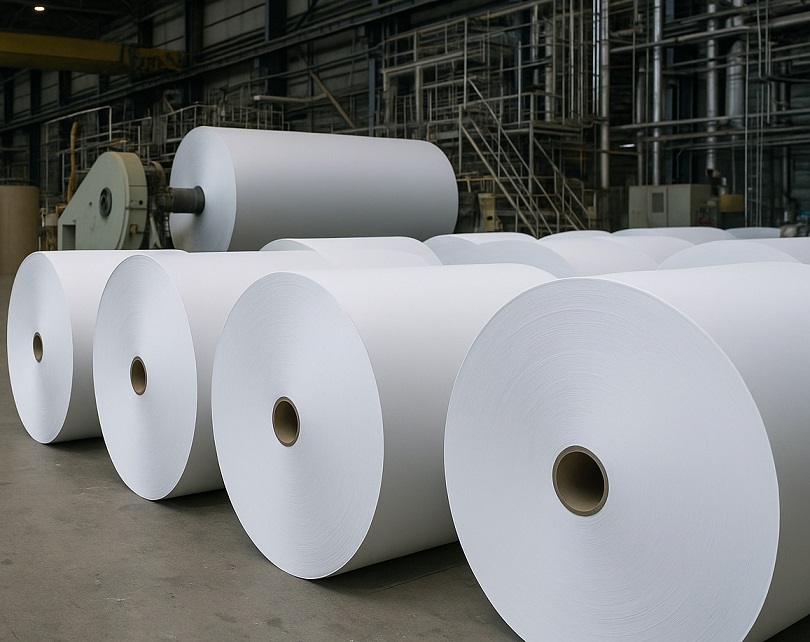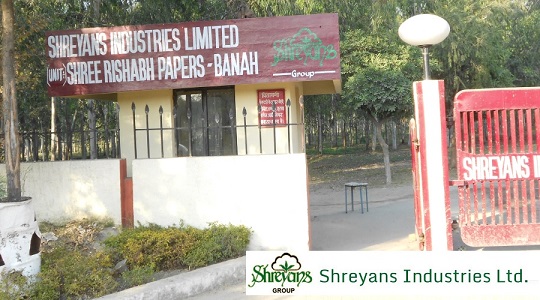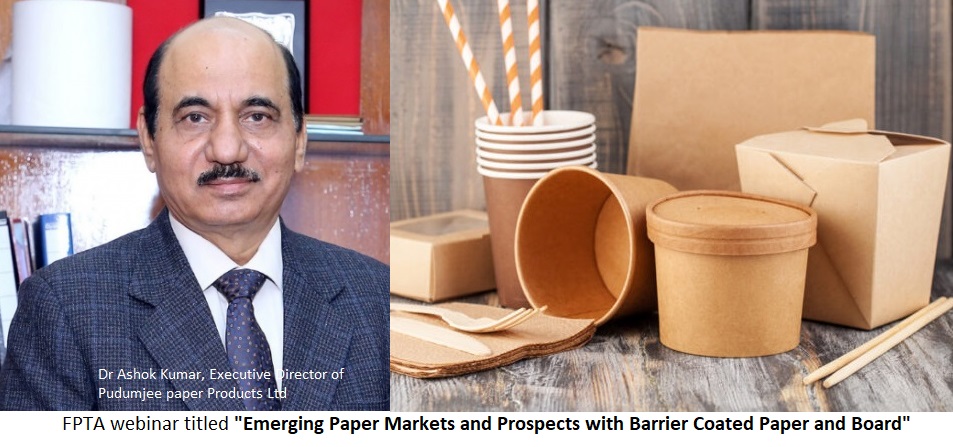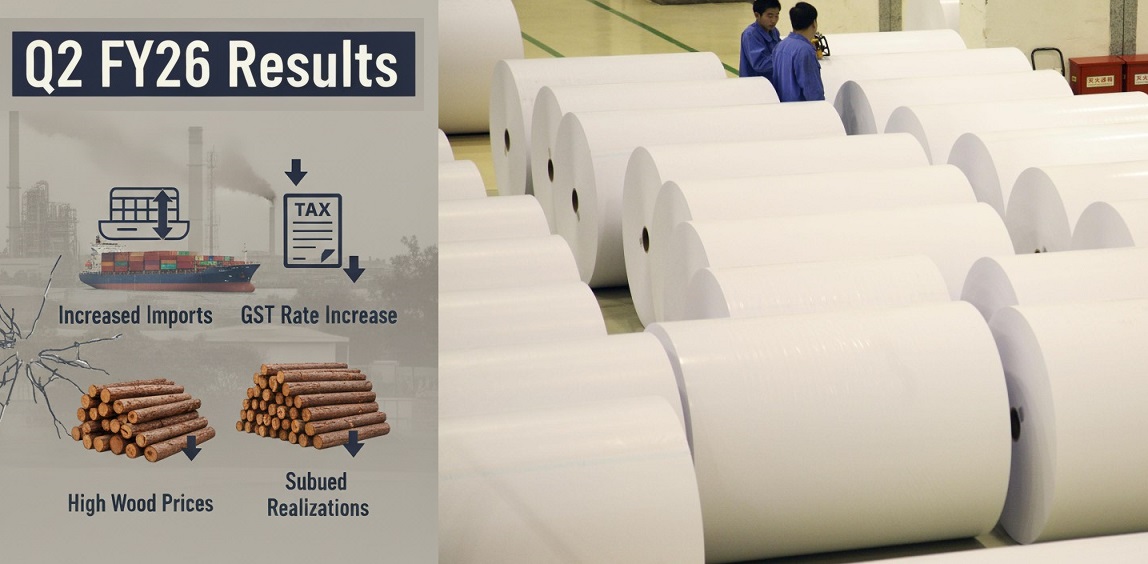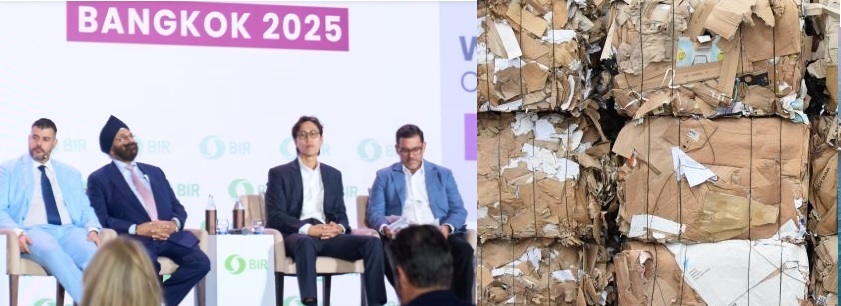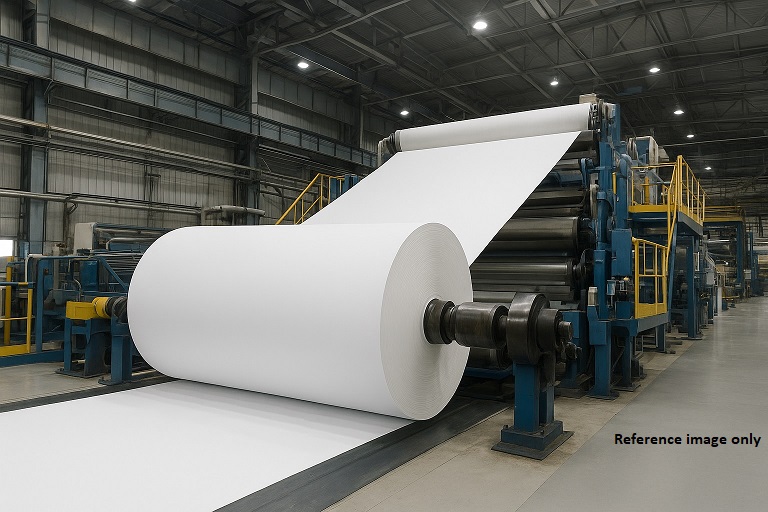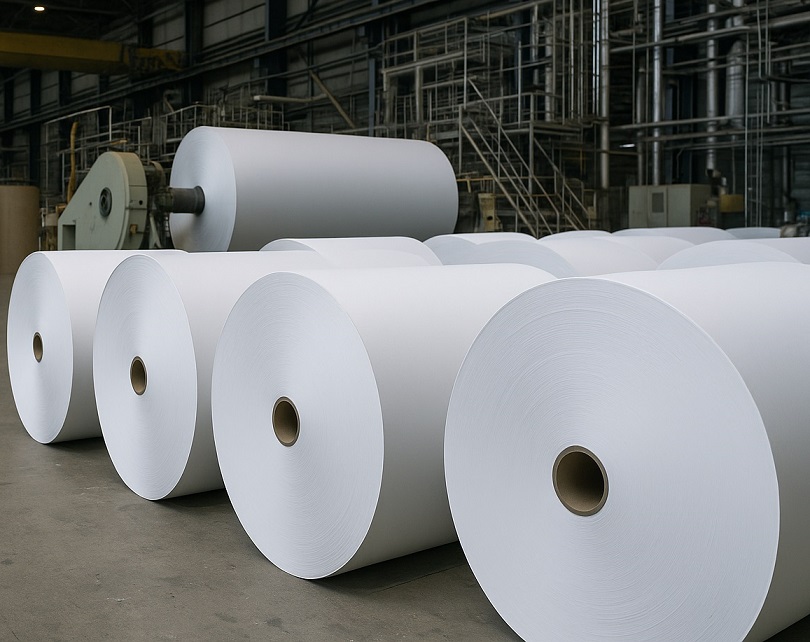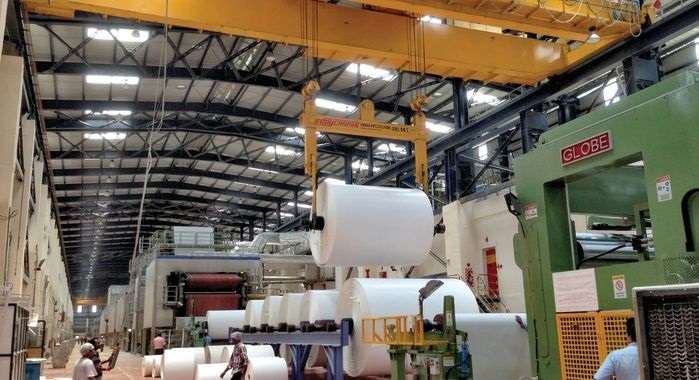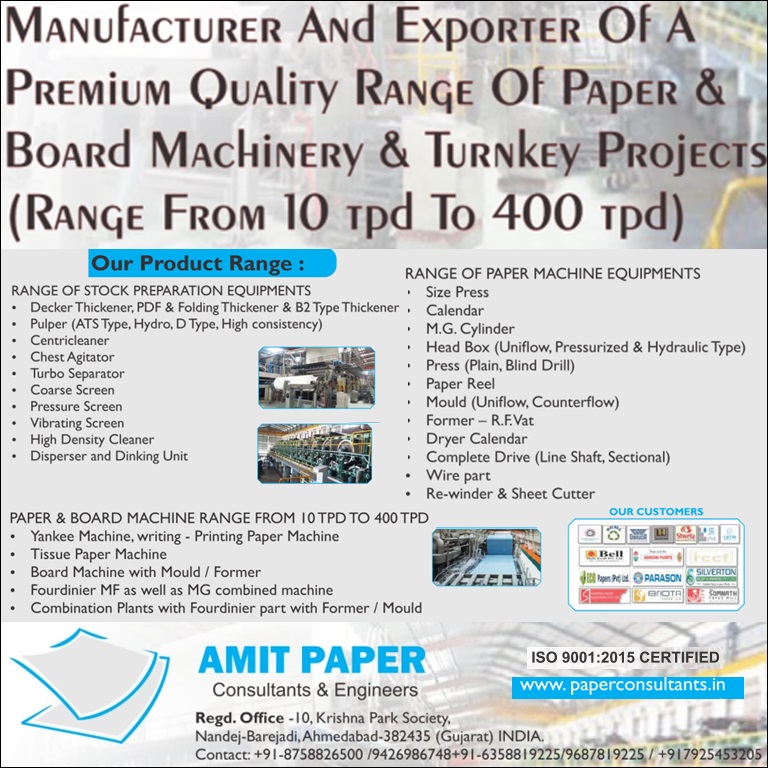South India Paper Mill is trying hard to move from operating profits to achieve net profits with value added grades

South India Paper Mill is trying hard to move from operating profits to achieve net profits with value added grades
-In the medium term, much of the growth in the packaging segment of the Industry is expected to be based on recycling of waste paper
-Industry is leaning more on Indian fibre, which offers a quicker realization from fibre to paper production and better cost control.
The Pulp and Paper Times
The South India Paper Mill (SIPM) is located in Chikkayana Chatra (Thandavapura), near Nanjangud Town, Karnataka, India. It is spread over 23 acres and is about 20 km from Mysore City. The mill uses recycled waste paper as a raw material and its current capacity is about 200 MT/day. The manufacturing process is based on the recycling of scrap paper both imported and domestic, and some purchased pulp is also used. SIPM revenue from operations for the financial year 2023-24 at INR 312.31 crores, increased by 8.50% from INR 287.85 crores in the previous year.
As per the annual report of SIPM for FY 23-24, Operation at the Paper Mill improved to 60% of the new capacity of PM6 (the only machine operating after scrapping the old machines) from 44% in the preceding year. After the initial struggle to overcome teething problems in the new machine and efforts to increase the machine speed, operating stability was achieved in the second half of the financial year and production improved to 73% in Q4.
At the Printing & Packaging Division, Conversion tonnage was lower due to decline in end user demand, at 72% as against 78%, in the preceding year.
The report said, In the medium term, much of the growth in the packaging segment of the Industry is expected to be based on recycling of waste paper. This is already the trend in China. Indian paper companies in the packaging segment are also expected to fuel their near to medium term growth through waste paper imports from regions of surplus such as North America and Europe.
CURRENT PROSPECTS
Current year, the operating levels are expected to improve further, despite challenging market conditions. Company is trying hard to move from operating profits to achieve net profits with value added grades, optimum scale of operation, leading to positive earnings.
The market conditions for paper, though generally competitive, as the industry capacity has increased substantially over the years, 1s favorable for quality products in the segment in which the Company can operate with the new plant. The market for corrugated boxes has become extremely competitive, as more players shift towards the new technology paradigm in corrugation even as demand growth remains lackluster. The Company is exploring opportunities in new areas of value added grades.
ENVIRONMENTAL PROTECTION
SIPM has always endeavored to remain in harmony with its eco-sphere and tried to equitably balance the interest of all stakeholders in it, often going beyond the statutory impositions placed by regulatory authorities. In such efforts are included the installation of a 0.5 acre hold tank and a 2 km delivery pipeline for irrigating otherwise dry lands. ETP facility installed in the preceding year for conserving water and meeting the pollution control norms even on the expanded capacity of the paper mill is functioning satisfactorily. The treated effluent water is utilized for irrigation purposes in the nearby fields of third party farmers with excellent crop yields.
SIPM has installed & been operating the Electro Static Precipitater (ESP) Systems for its Boilers for controlling dust emission and dust extractor system for controlling dust at its fel handling system. Centrifuge and other machineries have been installed for effluent treatment.Fuel shed with roofing, controls dust emissions and conserves the resources.
In order to ensure environmentally safe disposal of solid wastes, the Company has started disposing Ash and plastic waste to recyclers authorized by KSPCB. Ash is used in brick manufacturing and plastic is being used in cement kilns.
SIPM had engaged the expert services of University of Agricultural Sciences, Gandhi Krishi Vigyana Kendra, Bangalore for a study of ‘Utilisation of Paper Mill Effluent for Agricultural Purpose’. After 4 years study, a final report has been issued concluding that the effluent generated by the paper mill contains small amount of nutrients, higher amount of salts and are within limits of Central Pollution Control Board norms. The finding further says that mill effluent along with additional dose of nitrogen has significant effect in increasing the crop yields.
The Report further added that large capacities created by Chinese groups in Southeast Asia in constitute a large demand for imported recycled waste. They also possess relative buying strengths and constitute a cost threat to that extent. Over time, however, as domestic capacities stabilize and domestic collection improves, a larger proportion 1s expected to be sourced domestically with the fiber basket being upgraded by pulp imports. The strength of any firm in this industry is however expected to come from a presence throughout the supply chain from raw material to packaging production and delivery.
“Growth rate of the Indian economy expected around 8% in FY 2023-24 as against 7% in 2022-23. For FY 2024-25 it is expected to be around 7%. Demand for paper in FY 2025 continues to be competitive under challenging market conditions for the normal grades. Demand for value added/ special application grades is expected to revive as also for import substitute/ export grades. Innovative cost containment and cost cutting will be required by paper mills to not only maintain business volumes but to capture a larger portion of a slowly growing pie” the report said.
The kraft paper industry is indeed going through a challenging period. The steady increase in the prices of both Imported and Indian waste paper, compounded by rising container freight costs and shortages, has created a volatile market environment. The dependency on imported fibre, particularly from the U.S., has further complicated matters as container shortages and increased transit times, especially through the Red Sea, have significantly extended the supply chain cycle to around 110 days.
This situation has made market forecasting nearly impossible for the next three months due to the high volatility. As a result, the industry is leaning more on Indian fibre, which offers a quicker realization from fibre to paper production and better cost control. However, the increased demand for Indian fibre has driven its prices up, adding more pressure on the overall cost structure.
With the festival season approaching, demand is expected to remain steady, likely keeping the pressure on costs high. The rising prices of other input materials, such as starch and dye, are also contributing to the upward trend in finished fiber costs. Given these factors, it seems likely that the market will maintain its current levels, with a potential for slight increases over the next couple of months.
Web Title: South India Paper Mill is trying hard to move from operating profits to achieve net profits with value added grades





 Join WhatsApp Group
Join WhatsApp Group Join Telegram Channel
Join Telegram Channel Join YouTube Channel
Join YouTube Channel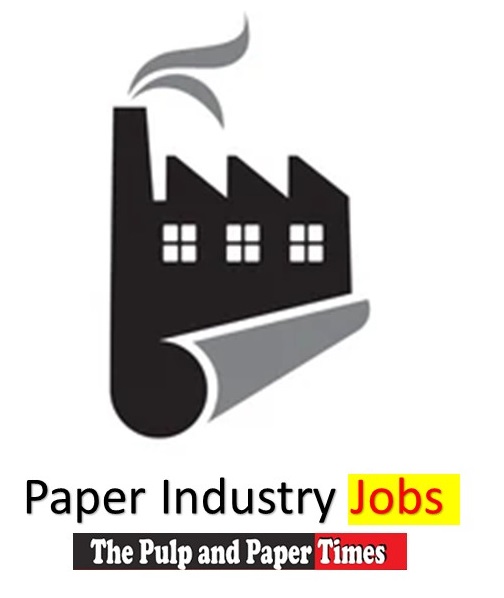 Join Job Channel (View | Submit Jobs)
Join Job Channel (View | Submit Jobs) Join Buy Sell Channel (Free to Submit)
Join Buy Sell Channel (Free to Submit) Paper News Headlines Channel (Free to read)
Paper News Headlines Channel (Free to read)






